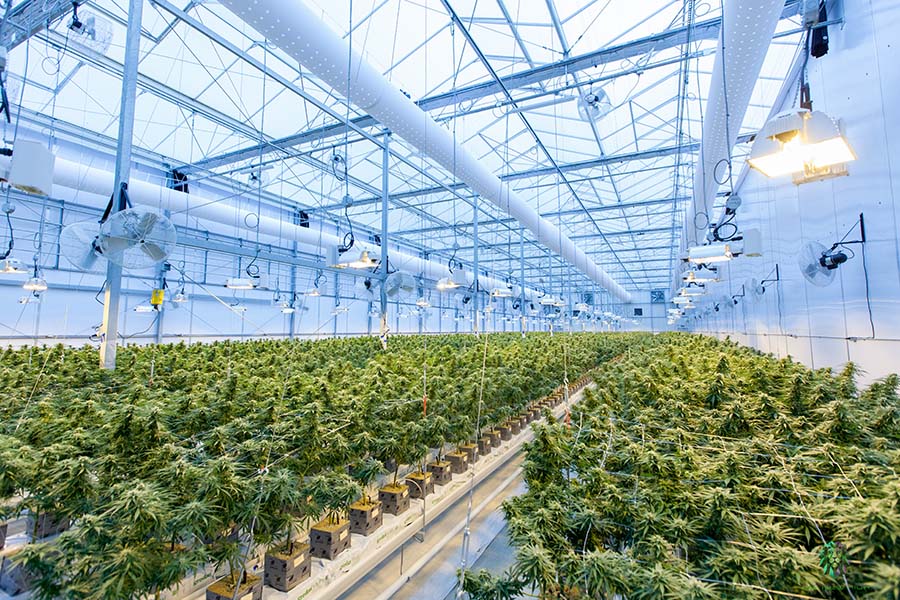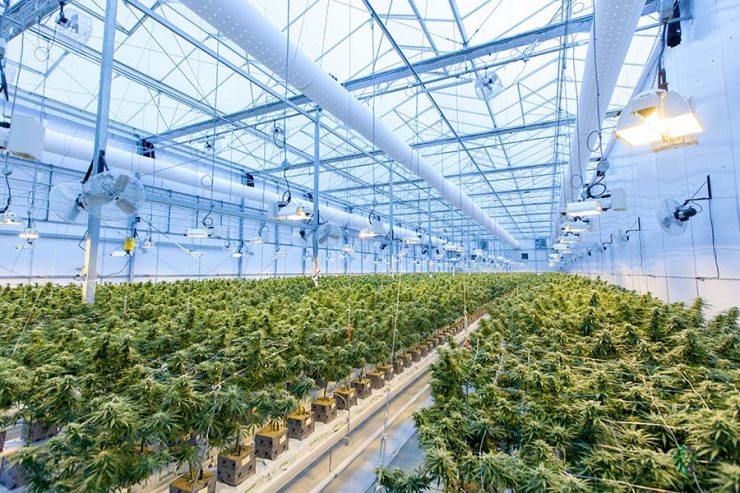Cannabis cultivation in the Americas is primarily for medical and recreational purposes, utilizing advanced technologies such as LED lighting and smart climate control to ensure high quality and yield. Driven by legalization, the industry is rapidly growing and has become a significant economic pillar.
Reasons for Light Compensation Point and Light Saturation Point
The light saturation point occurs in cannabis, because under strong light, the dark reaction cannot keep up with the light reaction, limiting the increase in photosynthetic rate as light intensity rises. Therefore, the main factors restricting photosynthesis during the saturation phase are the rate of carbon dioxide diffusion (influenced by CO₂ concentration) and the rate of carbon dioxide fixation (influenced by carboxylase activity and RuBP regeneration rate).
Light Stress
Excessive light can cause light stress, leading to photoinhibition of photosynthesis in cannabis. This is especially true when other adverse environmental factors such as low temperature or drought are present, or when plants grown in low light are suddenly exposed to strong light. Such conditions can cause irreversible damage to the photosynthetic apparatus.
Diffuse Light
Diffuse light improves the phenotypic structure of cannabis, ensuring uniform plant size, better appearance, and thicker leaves across each plant.



 A LED lighting manufacturer as well as professional OEM vendor with abundant export experience.
A LED lighting manufacturer as well as professional OEM vendor with abundant export experience.